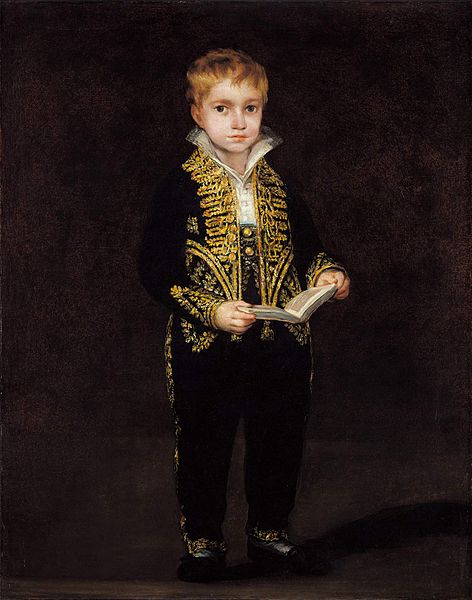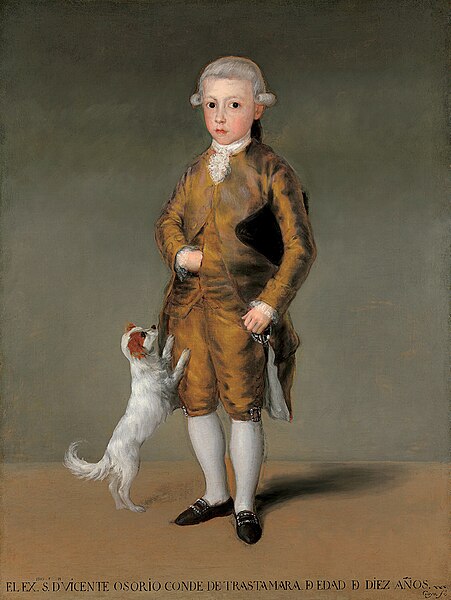
Each 23 April is celebrated as United Nations (UN) Spanish Language Day:
The event was established by UN’s Department of Public Information in 2010 to seek “to celebrate multilingualism and cultural diversity as well as to promote equal use of all six of its official working languages throughout the organization” 23 April is the day of the death of the celebrated Spanish writer Miguel de Cervantes Saavedra.
The Thammasat University Library collection includes books about many aspects of the Spanish language as well as a number of books by and about Cervantes.
As TU students of Hispanic & Latin American Studies know, Spanish is a Romance language that originated in the Iberian Peninsula of Europe. Today, it is a global language with nearly 500 million native speakers, mainly in Spain and the Americas. It is the world’s second-most spoken native language after Mandarin Chinese and the world’s fourth-most spoken language overall after English, Mandarin Chinese, and Hindi.
As a Romance language, Spanish is a descendant of Latin. Around 75% of modern Spanish vocabulary is derived from Latin, including Latin borrowings from Ancient Greek. Its vocabulary has also been influenced by Arabic.
Spanish is one of the six official languages of the United Nations, and it is also used as an official language by the European Union, the Organization of American States, the Union of South American Nations, the Community of Latin American and Caribbean States, the African Union and many other international organizations.
Alongside English and French, it is also one of the most taught foreign languages throughout the world. Despite its large number of speakers, Spanish does not feature prominently in scientific writing and technology, though it is better represented in the humanities and social sciences. Spanish is the third most used language on internet websites after English and Russian.
In Spain and in some other parts of the Spanish-speaking world, Spanish is called not only español but also castellano (Castilian), the language from the kingdom of Castile.
The term castellano derives from a Latin word meaning of, or pertaining to, a fort or castle.

Recent research
Among recent academic research about the Spanish language in the context of Thai language and cultural studies is an article published in November 2020 in the Journal of Intercultural Communication.
The journal’s policy statement follows:
The world today is characterized by an ever growing number of contacts resulting in communication between people of different linguistic and cultural backgrounds. Those contacts take place through business transactions, military cooperation, scientific endeavors, educational exchanges, mass media, entertainment, tourism — and via immigration brought about by, for example, labor shortages or political conflicts.
Throughout all these engagements, communication needs to be as constructive as possible, without misunderstandings or breakdowns wherever possible. It is here that research into the nature of linguistic and cultural similarities and differences can play a constructive, even critical, role.
The goal of the journal is to promote research along with education and training in the area of intercultural communication. The journal is an outgrowth of the activities of NIC: the Nordic Network for Intercultural Communication. The great interest shown in NIC activities pointed to a need for more peer-reviewed journals within the area of intercultural communication. By starting and continuing this journal, we hope to foster research and facilitate contacts between interested researchers as well as provide better possibilities for peer-reviewed publication.
We welcome contributions, both original research and reviews, concerning all areas of intercultural communication and cross-cultural comparison.
The article, Intercultural Communication in the Spanish-Language Classroom in Thailand: Differences in Power Distance, Individualism, and Expressiveness, was co-authored by Aj. Nunghatai Rangponsumrit of the Translation, Interpreting and Intercultural Communication Research Unit, Faculty of Arts, Chulalongkorn University.
Here is the article’s abstract:
This study aims to explore cultural differences between Thais and Spaniards in the classroom setting to identify problems caused by cultural differences and propose guidelines for coping with those issues. We interviewed forty Thai university students majoring in Spanish and ten Spanish teachers working in Thai universities about their expectations and experiences with regards to teachers’ and students’ behaviors and interactions in the classroom. The results highlighted the two cultures’ stark differences in power distance, individualism and expressiveness and revealed insights that can help international teachers cope with the learning disposition of students from hierarchical, collectivist, and reserved cultures.
This is the research article’s conclusion:
Even in the age of low-budget travel, Internet and social media, classroom instruction still plays a major role in foreign-language learning and teaching. Understanding the differences in the ways teachers and students think, feel, and act is a condition for successful learning and teaching. This study shows striking differences between Spaniards and Thais in the classroom setting, especially in terms of power distance, individualism and expressiveness. Although we analyzed answers from just a small sample, we nevertheless achieved strikingly similar answers from two geographically distant areas: Chulalongkorn University in central Thailand and Khon Kaen University in the northeast. The answers we found are in line with Thai traits pointed out by numerous previous studies (Hofstede Insight n.d., Gesteland 2002, Sriussadaporn 2006), implying that the patterns can be applied at the national level.
It is common in Thailand, being a hierarchical society, to see students treat teachers with a lot of respect inside and outside the classroom. Students rarely ask questions or offer opinions, partly because of the respect they have towards teachers and partly because they don’t want to stand out from the group. Expressing opinions is even less likely in a collectivist culture when they differ from those of the group. Spanish teachers enter the classroom expecting students to speak out and have their own opinions and ideas. Some Thai students find it uncomfortable to see their Spanish teachers using lots of facial expression, a loud voice, copious gesture and intense eye contact while teaching – even more so when the teachers express anger or displeasure.
Differing value patterns in the cultures from which the teacher and the student come are one source of problems. When the students’ learning behavior and the teachers’ expectations diverge, this affects the relationship between teachers and their students. The findings of this study can help both sides understand what the other side thinks and why they behave as they do. By acknowledging differences in behaviors and expectations, smoother communication and more pleasant classroom interaction can be achieved: essential factors for successful teaching and learning.

(All images courtesy of Wikimedia Commons)
